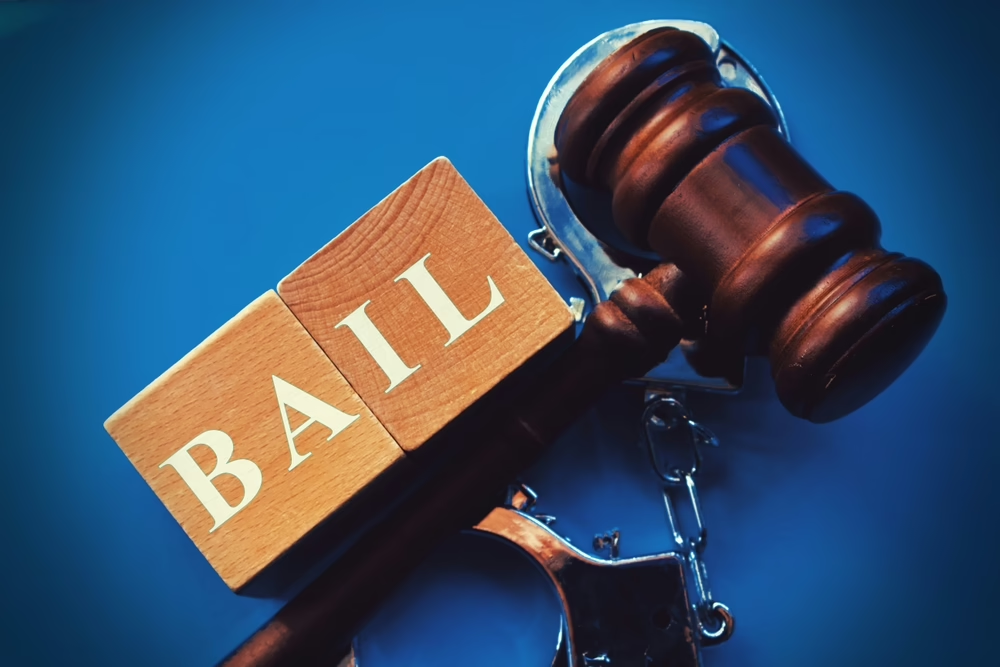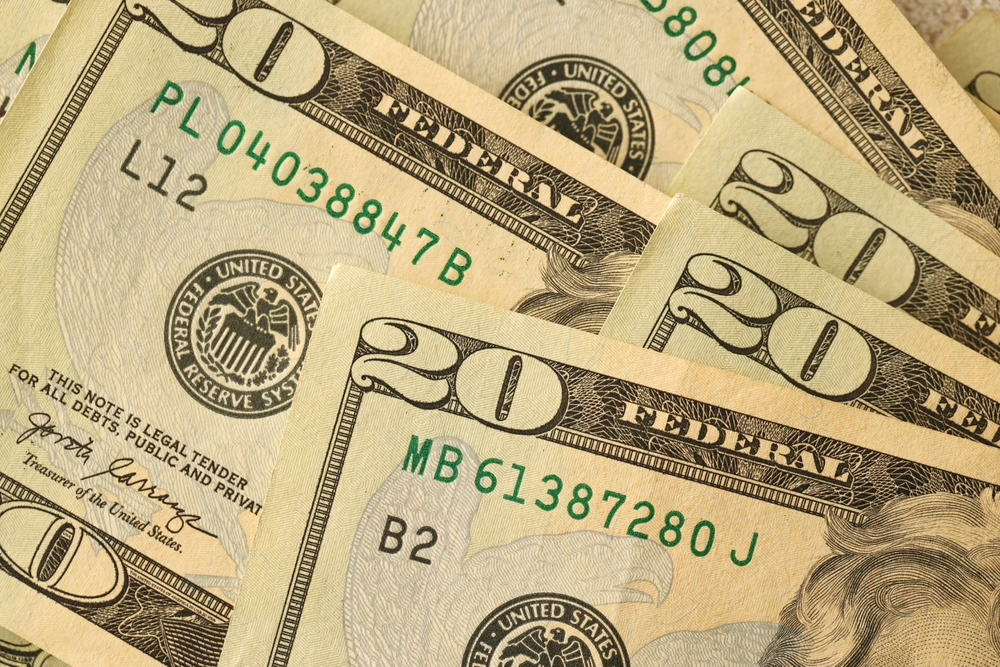When someone you care about gets arrested, your world can feel like it is spinning. Amid the shock and stress, you hear the word bail—often accompanied by a number that seems impossibly high. Then someone mentions a bail bondsman, and a pressing question arises: if I pay them, where does bail bond money go?
At Craven Bail Bonds, we understand how overwhelming this situation can be. This comprehensive guide will walk you through the bail bond process, explain where your money goes, and show why working with a professional bail bond company is essential. By understanding the flow of bail bond money, you can make informed decisions and gain peace of mind during a difficult time. For trusted, professional services, you can rely on bail bonds in Ravenna, OH, to help secure a fast release for your loved one.
What Is a Bail Bond?
A bail bond is a financial agreement that allows someone arrested to be released from jail while awaiting court appearances. When a judge sets bail, it ensures the defendant will attend all scheduled court hearings. If the defendant appears as required, the court eventually returns the bail money.
However, most families don’t have tens of thousands of dollars sitting around. For example, if a judge sets bail at $20,000, paying cash bail in full may be impossible. This is where a bail bond company like Craven Bail Bonds steps in.
The bail bond company acts like a specialized insurance agent for the criminal justice system. You pay a smaller, non-refundable fee—called a premium—usually about 10% of the total bail. In return, the company guarantees the court that it will pay the full bail if the defendant fails to appear. This legal promise, known as a surety bond, shifts the financial risk from you to the bail bond company.
How Bail Bonds Work: Step by Step
Understanding the bail process helps demystify where your money goes. While it can seem complicated at first, the process is straightforward:
1. Contact a Bail Bondsman
The first step is calling a licensed bail bondsman. You’ll provide details about the defendant, including their full name, the jail location, and the bail amount. The agent will explain their bail bond fees, the contract terms, and your responsibilities as the indemnitor (co-signer). The contract is an important legal document. It spells out what happens if the defendant misses court dates and explains how collateral may be used to secure the bond.
2. Paying the Bail Bond Premium
Once the contract is signed, you pay the bail bond premium, the non-refundable fee for the agent’s service. For a $20,000 bail, the premium is usually around $2,000. Some bail bonds may require collateral, such as a car title, property deed, or other valuable assets, to further secure the bond. Collateral is returned in full once the defendant attends all court appearances. This premium is how the bail bond company makes money while covering the financial risk of guaranteeing bail. It is important to remember that this fee is non-refundable, even if the defendant appears in court as required.
3. Posting the Bail Bond
After payment and paperwork are completed, the bail bondsman posts a surety bond with the court. Unlike cash bail, which requires the full bail amount upfront, a surety bond is a legal promise backed by a licensed insurance company. It guarantees that the court can collect the full bail amount if the defendant fails to appear. Once the court accepts the bond, the defendant is released from jail. This allows them to return home while their legal case continues.
4. Ensuring Court Attendance
It is critical that the defendant attends every scheduled court hearing. If they do, the bond is exonerated, the bail bond company is released from its financial guarantee, and any collateral you provided is returned. If the defendant fails to appear, the judge may declare the bail bond forfeited, and the court will demand payment of the full bail from the bondsman. At this point, the agency may hire a fugitive recovery agent to locate and return the defendant to court.
Where Does Bail Bond Money Go?
Understanding where your money goes can reduce stress during a difficult time. Bail bond payments are divided into three main components:
1. The Non-Refundable Premium
The premium you pay—usually around 10% of the total bail—is the bail bond company’s income. It covers operating costs, staff salaries, office expenses, licensing fees, and the financial risk the company assumes by guaranteeing the full bail.
This fee is non-refundable and is not affected by the outcome of the case. Think of it like an insurance premium: it is the cost of securing the bond and transferring risk from you to the bail bond company.
2. Collateral: Security for the Bondsman
Collateral acts as a safety net. While the case is ongoing, the bail bondsman holds it as a guarantee. If the defendant fulfills all court obligations, the collateral is returned in full. If the defendant fails to appear and the bond is forfeited, the collateral may be used to cover the financial loss.
3. The Full Bail Amount
The court rarely receives the full bail in cash. Instead, the bail bondsman provides a surety bond, which is a legal promise backed by a licensed insurance company. This bond guarantees the court can collect the full amount if the defendant skips town. Essentially, the full bail exists as a paper promise, not a pile of cash sitting in the courtroom.
What Happens If the Defendant Skips Court?
If the defendant misses a court date, the judge declares the bail bond forfeited. The bail bond company must pay the full bail to the court, unless they can locate the defendant first. During this time, a fugitive recovery agent may be hired to track the defendant down.
If the defendant cannot be found, the bail bondsman uses your collateral, if necessary, to cover the financial loss. This is why working with a trusted and licensed bail bonds company is essential. For reliable, professional assistance, turn to bail bonds in Wilmington to help get your loved one released quickly and safely.
Bail Money in the Bigger Picture
If a bail bond is forfeited, the forfeited money goes to the city, county, or state prosecuting the case. These funds become part of public revenue and are often used for court operations, law enforcement salaries, and other community projects.
Even if the bond is forfeited, the money does not disappear—it is redirected to support the public system. This ensures the legal process continues smoothly while holding financial responsibility with the bail bond industry rather than individual families.
Why Choose Craven Bail Bonds
At Craven Bail Bonds, we provide fast, reliable bail bond services to help your loved one return home safely. Understanding where bail bond money goes can give you peace of mind during a stressful time.
Working with a professional bail bondsman ensures:
- Quick and efficient bail posting to minimize jail time
- Clear explanation of all fees and contract obligations
- Trusted handling of collateral and payments
- Expert guidance throughout the legal process
When you need bail bonds near me, Craven Bail Bonds is your trusted partner to handle every step with professionalism and care, making a stressful situation manageable.
Conclusion
So, where does bail bond money go? Most of your payment—the non-refundable premium—goes to the bail bond company to cover business expenses and compensate for the risk they take. The court only sees money if the defendant fails to appear, at which point the bond becomes active and may be forfeited.
Understanding this process helps families navigate a difficult time with confidence. With Craven Bail Bonds, you are paying for a professional service that secures the fastest possible release, ensures court obligations are met, and reduces your financial risk. Contact us today!





